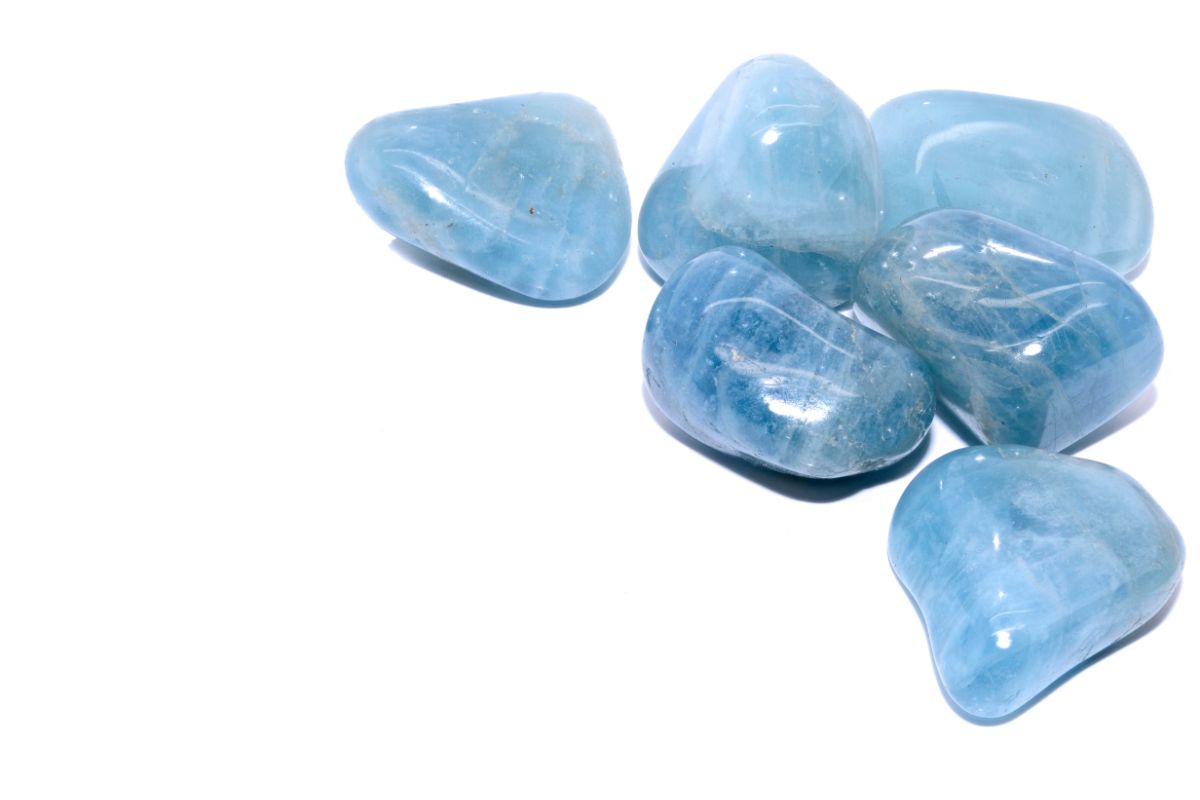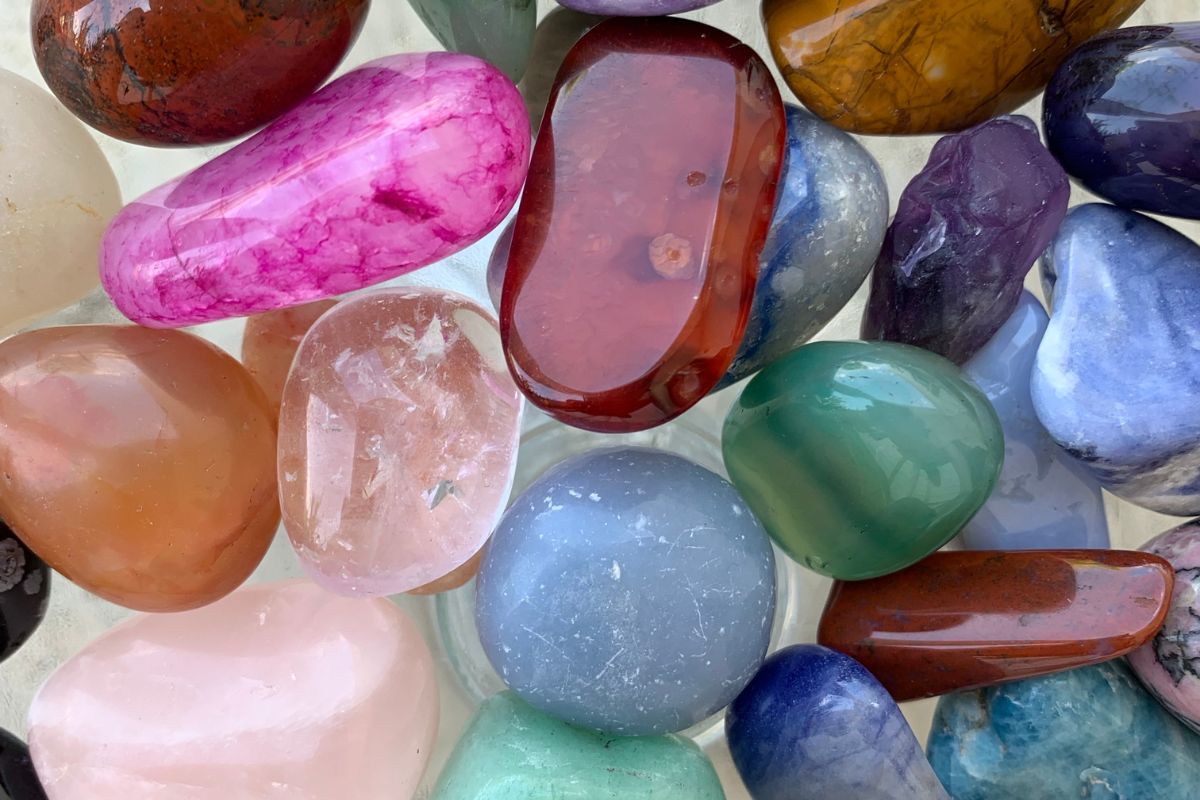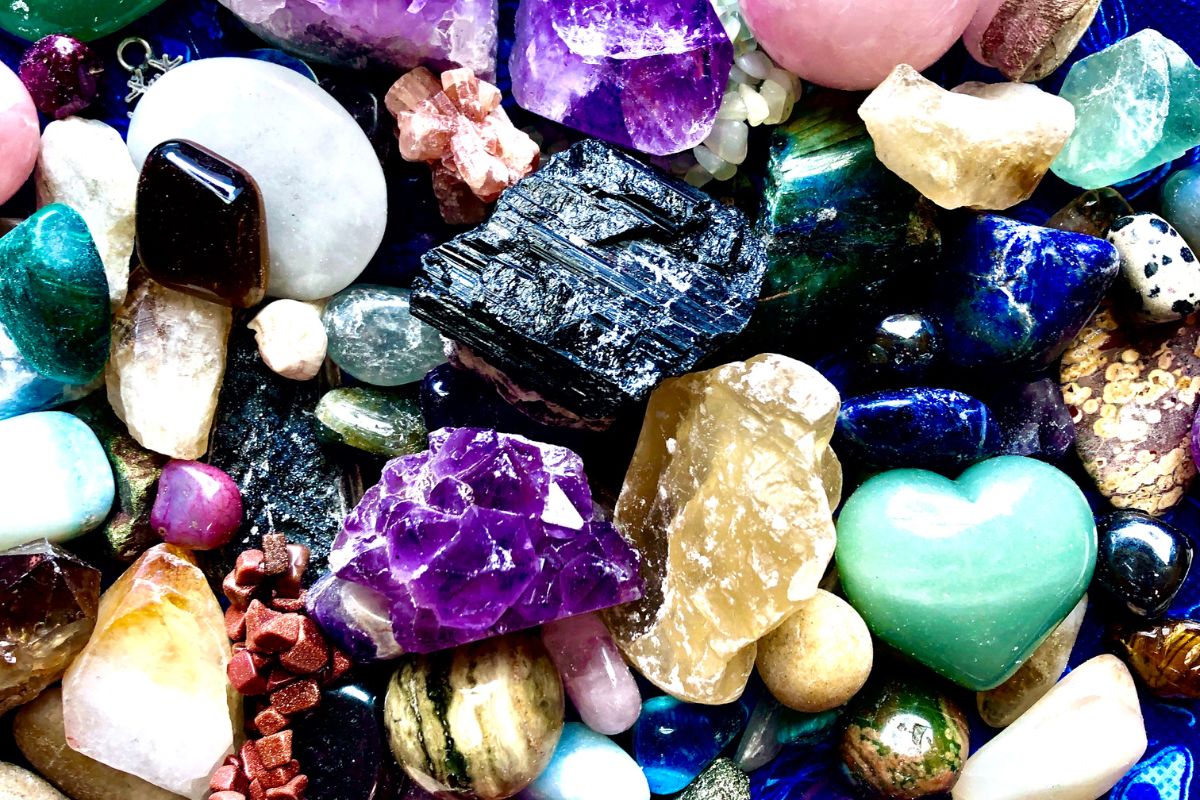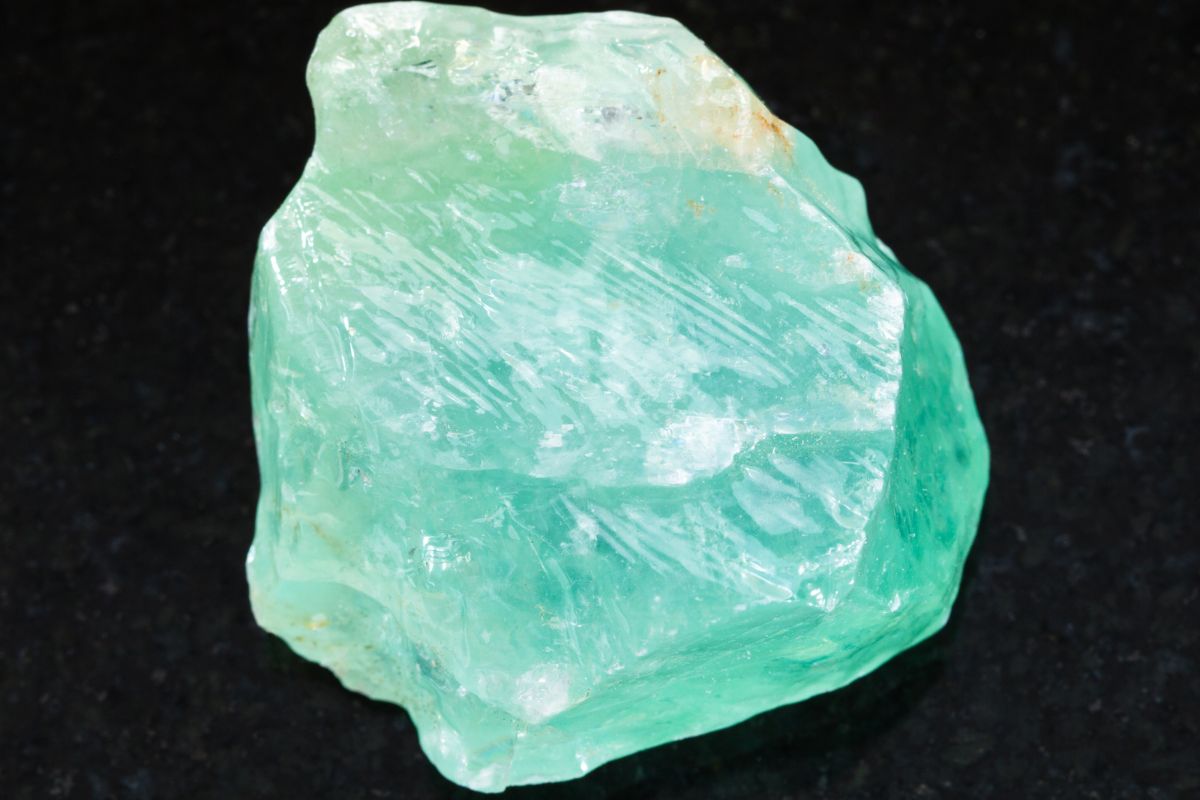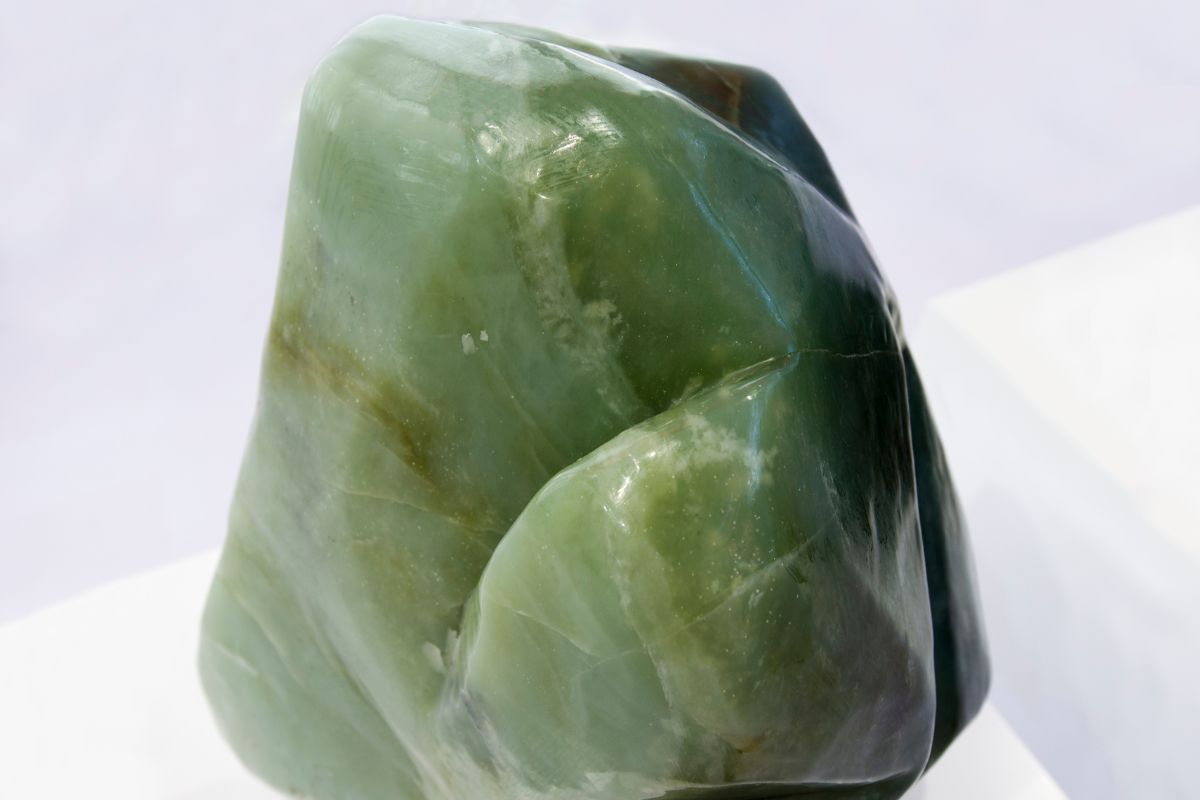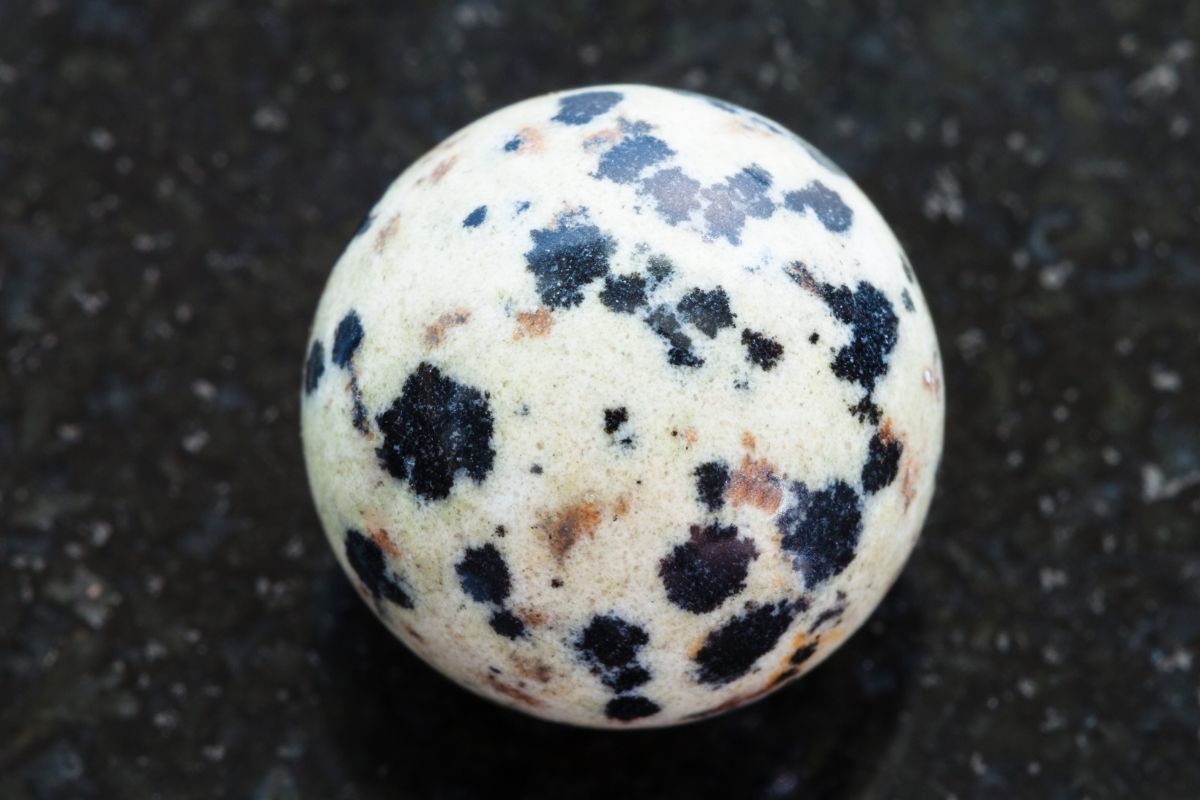Gemstones are mineral compounds known for their beauty, rarity, and durability. Since ancient times, gemstones have attracted humankind and are most notably used for jewelry.
Two popular gemstones include Aquamarine and Lapis Lazuli. Aquamarine is a soft pale blue color and belongs to the Beryl family, consisting of Goshenite, Morganite, Emerald, and Yellow Beryl.
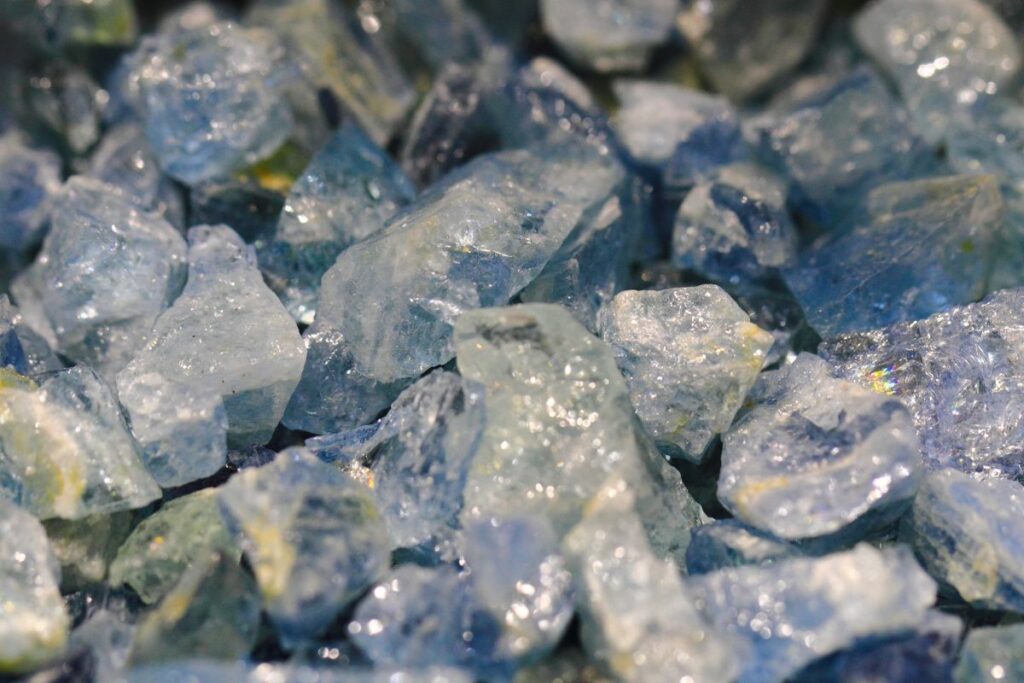
We then have Lapis Lazuli, one of the most beautiful gemstones in the world. Known as the ‘Ultramarine Blue’ of the Renaissance family, it is made from powdered bits of Lapis and is a popular choice for jewelry, statuary, and talisman.
With this in mind, this guide will explore the two gemstones: Lapis Lazuli and Aquamarine – looking at the facts, uses, and much more!
Let’s get started.
What Is Aquamarine?
Aquamarine belongs to the mineral beryl which features colors ranging from greenish-blue to blue. The name is given to the stone regardless of its saturation or tone.
As such, aquamarine can range from a very light color to one that is rich and vibrant.
Generally speaking, aquamarine is extremely light which can even be unnoticeable in some small stones. The most popular stones are those rich in color. These are also the most valuable and rarest.
The name aquamarine is a combination of two Latin words: aqua, which means water, and marine, which means the sea – or the sea’s color.
Aquamarine Gemology
Aquamarine is an extremely popular gemstone that can be found in most jewelry stores in the United States. If you’re looking to purchase the gemstone, then there are a few things to consider, these include:
Color
The price of aquamarine is determined by its strength in color and weight. For instance, gems with a light blue hue are abundant and; thus, inexpensive.
On the other hand, aquamarine gemstones featuring a rich blue color are much more expensive due to their rarity.
A small aquamarine stone that features a rich blue color will be infinitely more expensive than an identical-sized stone with a faint blue color.
Durability
Aquamarine contains a Mohs hardness of 7.5 to 8, making it one of the harder gems available. Topaz, sapphire, diamond, chrysoberyl, and ruby are some other popular gemstones that are significantly harder.
Hardness refers to the gemstone’s ability to resist scratching. That said, you should keep in mind that the tenacity of aquamarine is rated as brittle – meaning it can be chipped upon impact.
Therefore, you may want a mounting guard to protect your stone from accidental damage and avoid wearing it during activities.
Size
You can find aquamarine in a range of different sizes. Plus, as the gem gets bigger, the strength in color also increases, too.
It can sometimes be difficult to find a small gemstone that is rich in color, however, as the size of the stone increases, so does the opportunity to find one with a rich color.
Aquamarine Uses
There are tons of ways you can make the most out of your aquamarine gemstone, these include:
- Keeping the stone near your throat and heart chakra points in the form of a necklace.
- Carrying a small piece of the stone in the purse or pocket.
- Placing the tumbled aquamarine stone in your workspace or home.
For the best results, make sure to set your intentions on the gemstone.
What Is Lapis Lazuli?
Lapis Lazuli, otherwise known simply as “lapis”, is a blue metamorphic rock that has been used as a sculpting material, gemstone, ornamental material, and pigment for thousands of years.
That said, high-quality lapis lazuli can sometimes be a costly purchase. The most desirable forms of lapis feature a solid, rich blue color with, perhaps, a few reflective pieces of gold pyrite.
As opposed to some other types of gems, lapis lazuli isn’t a mineral. Instead, it is a rock formed with various other minerals.
The blue color of the gemstone is thanks to the presence of lazurite, a blue silicate mineral belonging to the sodalite group that has a chemical composition of (Na,Ca)8(AlSiO4)6(S,Cl,SO4,OH)2.
Properties And Composition Of Lapis

Besides lazurite, lapis lazuli typically contains pyrite and calcite. Plus, hauyne, sodalite, mica, afghanite, diopside, dolomite, and a range of other minerals may also make an appearance in the stone.
In order to be classified as a lapis lazuli, a stone must feature a distinctive blue color with at least 25% blue lazurite.
The second most abundant mineral found in lapis lazuli is calcite. This appearance is made very obvious thanks to its white layers, mottling, and fractures.
Likewise, it can even be intermixed with lazurite to create a rock with a faded denim color.
Additionally, you may also find pyrite, which appears as tiny and randomly spaced grains with contrasting colors.
When produced in abundance, the grains can be intergrown or concentrated into distinct patches or layers. It will typically appear as a fracture-filling mineral.
Lapis Lazuli, as a rock, contains several different minerals, each featuring its own cleave/ fracture characteristics, hardness, color, and specific gravity.
It ranges on the Mohs scale from a 3 for calcite and a 6.5 for pyrite. Its hardness is determined by where you test it.
Lapis Lazuli Uses
- Welcome it into your home to protect you from any negative energy by placing it on your workspace or bedside table.
- Tap into your inner wisdom by wearing the stone as jewelry.
Final Thoughts
Aquamarine and Lapis Lazuli are similar in the fact that they both feature a beautiful blue color. However, apart from appearance, they are both extremely different. This includes their durability, size, and uses.
When looked at separately, aquamarine is more expensive than lapis lazuli, especially if it features a deep, rich blue color. Plus, lapis lazuli is lower on the Mohs scale, meaning it is more prone to damage.
Hopefully, this guide has informed you on everything you need to know about Aquamarine and Lapis Lazuli.
- 15 Crystals That Cannot Be Exposed To The Sun - January 7, 2024
- Malachite Vs Fuchsite – Benefits And Uses - January 7, 2024
- Malachite Vs. Green Jasper: Benefits And Uses - January 7, 2024

